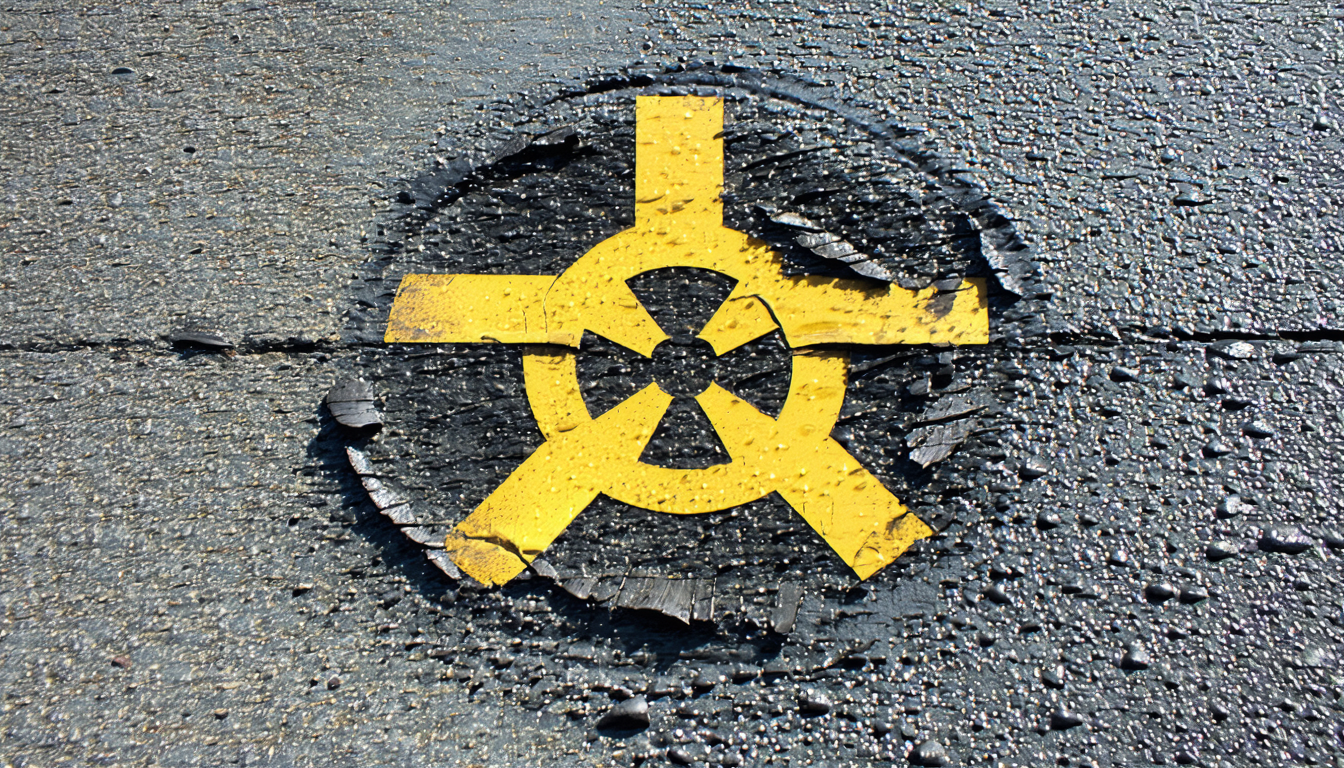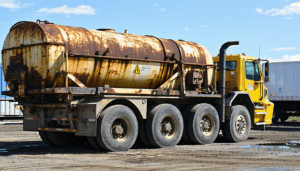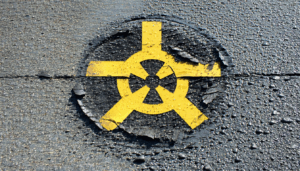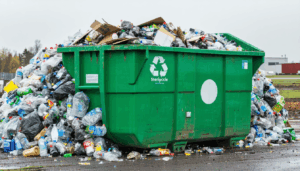In the United States, the management of hazardous waste remains a pressing environmental and public health concern. With industries generating millions of tons of toxic materials annually, hazardous waste disposal services are under increasing scrutiny to ensure safety and compliance. This article explores the latest developments in the sector, including regulatory changes, technological advancements, and their broader implications for businesses and communities. From new federal guidelines to innovative disposal methods, we delve into how these updates are shaping the landscape of waste management across the nation.
Evolving Regulations for Hazardous Waste Disposal Services
The U.S. Environmental Protection Agency (EPA) has recently tightened regulations surrounding hazardous waste management. In 2023, the EPA reported that over 20 million tons of hazardous waste were generated nationwide, prompting stricter oversight. New rules, effective as of October 2023, mandate enhanced tracking systems for waste from generation to final disposal, aiming to prevent illegal dumping and ensure accountability.
These changes directly impact industries like manufacturing, healthcare, and construction, which produce significant hazardous byproducts. Non-compliance can result in hefty fines, with penalties reaching up to $75,000 per violation per day. Businesses are now compelled to partner with certified hazardous waste disposal services to meet these stringent standards.
Technological Innovations in Waste Management
Advancements in technology are transforming how hazardous materials are handled. Companies are adopting automated sorting systems and chemical neutralization processes to minimize human exposure to dangerous substances. For instance, thermal treatment technologies have reduced the volume of certain wastes by up to 90%, according to a 2023 industry report by Waste Management Review.
“Technology is a game-changer for our field,” says Dr. Emily Carter, an environmental scientist at GreenTech Solutions. “With real-time monitoring tools, we can track waste streams more effectively and reduce environmental risks.” These innovations not only improve safety but also lower long-term costs for companies reliant on disposal services.
Impact on Communities and Businesses
The ripple effects of improved hazardous waste disposal services extend beyond compliance. Communities near industrial zones benefit from reduced risks of contamination in soil and water sources. A 2022 study by the National Institute of Environmental Health Sciences found that proper waste management cuts down local health issues, such as respiratory problems, by nearly 30%.
For businesses, partnering with reliable disposal providers is no longer optional but essential. Small and medium-sized enterprises, often lacking in-house expertise, face challenges in navigating complex regulations. This has led to a surge in demand for third-party hazardous waste disposal services that offer end-to-end solutions.
Economic and Environmental Stakes
The economic implications of effective waste management are significant. The hazardous waste industry in the U.S. is valued at over $12 billion annually, employing thousands across various sectors. Investments in sustainable practices are expected to create an additional 15,000 jobs by 2025, based on projections from the Bureau of Labor Statistics.
Environmentally, the stakes are even higher. Improper disposal can lead to long-term damage, with cleanup costs often exceeding millions of dollars per incident. By prioritizing safe practices, hazardous waste disposal services play a critical role in mitigating these risks and supporting national sustainability goals.
Future Outlook and Challenges
Looking ahead, the sector faces both opportunities and hurdles. The push for a circular economy could drive innovations like recycling hazardous materials into usable resources. However, funding shortages and inconsistent state-level policies remain barriers to uniform implementation.
According to John Matthews, CEO of EcoSafe Disposal Inc., “Collaboration between federal agencies, states, and private firms is vital to address gaps in infrastructure.” Balancing cost with compliance will be a key challenge as regulations evolve. Stakeholders must also prepare for potential policy shifts under future administrations.
Conclusion
Hazardous waste disposal services in the United States stand at a pivotal moment. With tighter regulations, cutting-edge technologies, and growing public awareness, the industry is adapting to meet modern demands. These developments promise safer communities and sustainable business practices but require ongoing commitment from all parties involved. As the nation moves forward, the focus must remain on innovation and collaboration to tackle the complex challenges of managing toxic waste effectively.
Frequently Asked Questions (FAQ)
-
What are hazardous waste disposal services?
These services involve the collection, transportation, treatment, and safe disposal of materials deemed harmful to human health or the environment, such as chemicals, medical waste, and industrial byproducts. -
Why are recent EPA regulations important?
The 2023 EPA rules enhance tracking and accountability, reducing risks of illegal dumping and ensuring that hazardous waste is managed responsibly. -
How do technological advancements help?
Innovations like thermal treatment and automated sorting minimize risks, reduce waste volume, and improve efficiency for businesses relying on disposal services. -
Who is most affected by changes in this industry?
Industries generating hazardous waste, local communities near industrial sites, and service providers are all impacted by regulatory and technological shifts. -
What can businesses do to stay compliant?
Partnering with certified hazardous waste disposal services ensures adherence to federal and state laws while minimizing legal and financial risks.




